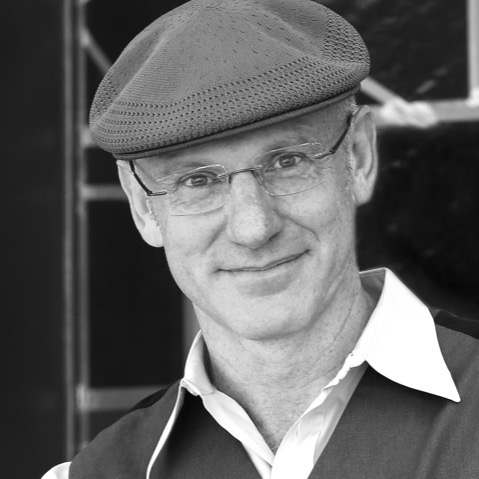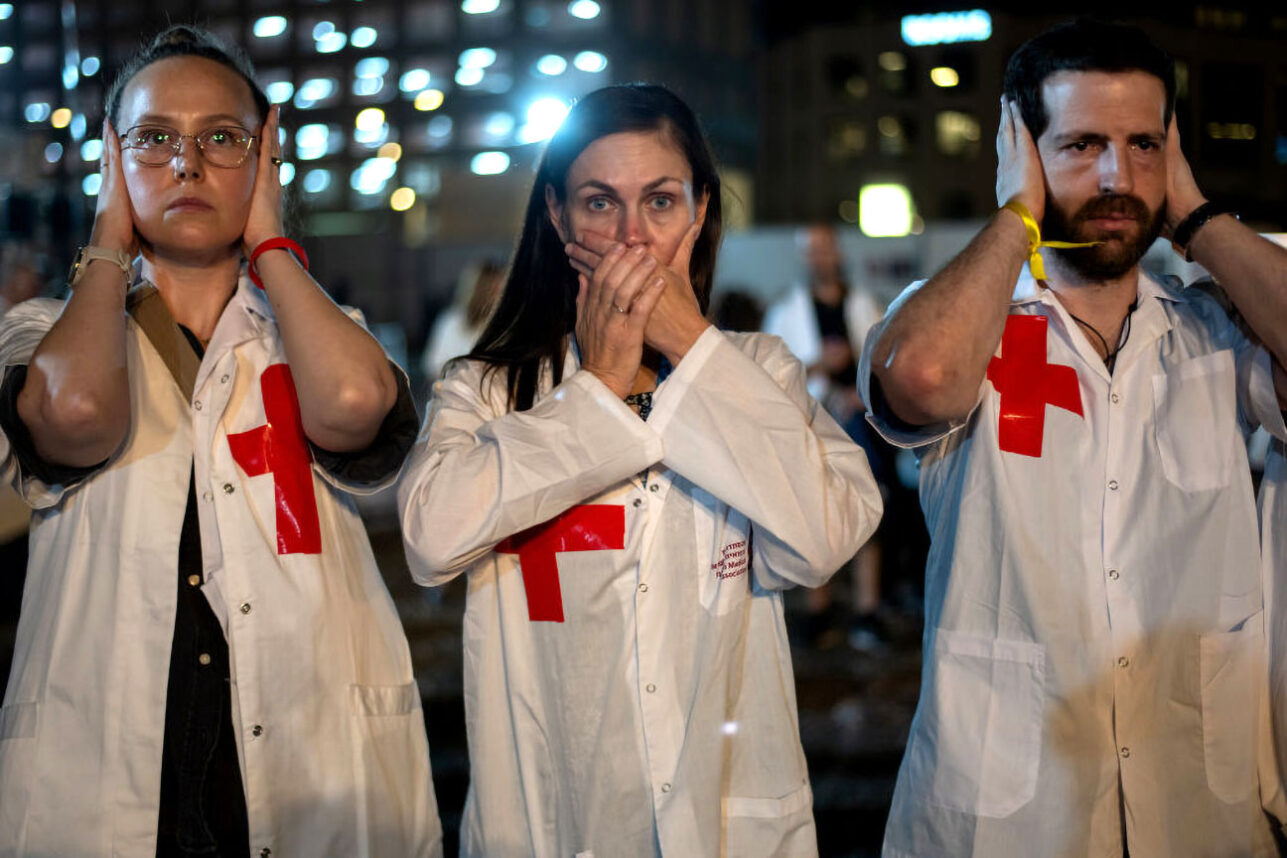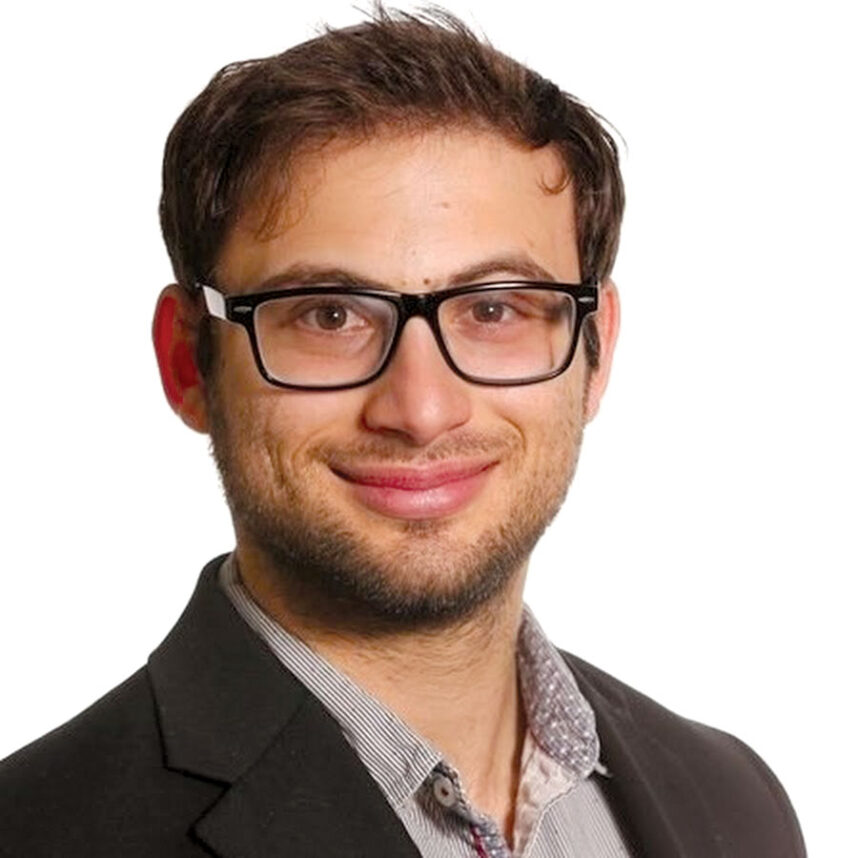
One verse, five voices. Edited by Salvador Litvak, the Accidental Talmudist
And Moses took with him the bones of Joseph, who had exacted an oath from the children of Israel, saying, “God will be sure to take notice of you: then you shall carry up my bones from here with you.” – Exodus 13:19
Rabbi Ariel Margulies & Chana Margulies
chanamargulies.org, Author of “Jumping in Puddles”
This verse comes immediately after learning we aren’t taking the shortcut to the Holy Land, but rather a 40-year soul trek. There is an intrinsic connection between bringing Joseph’s bones and being successful in the spiritually parched desert. The Bal Shem Tov shares the mystical concept of the 42 journeys in the desert, the 42 soul journeys in our life.
To take on these challenges meaningfully and allow them to strengthen us, we need to tap into the power that Joseph gives us as part of our spiritual inheritance.
Yosef (Joseph) means to add. When Joseph was born, the Torah states, “she called him Yosef, saying, “May G-d add (Yosef) for me another son.” The word another, “the other,” in Hebrew (achar) has a connotation of negativity, something separate that conceals G-dliness. Yosef gives us the ability to turn the “other” into a son. To transform darkness into light. To reveal G-d’s essence within the concealment.
We needed to take Joseph’s bones. Bones is the same word as essence. The secret to transformation is revealing your essence, the part of you that is always attached to G-d’s love and light. How? By knowing “Ein Od Milvado.” There is nothing outside of G-d’s unity. Truthfully the “otherness” is also G-d, albeit in a state of concealment. The spiritual darkness is an invitation to transform darkness into light, and negativity into a source of strength for ourselves and Am Yisrael. Based on teachings of the Lubavitcher Rebbe.
Rabbi David Eliezrie
President, Rabbinical Council of Orange County
The Jews were headed from slavery to a dangerous trek towards freedom. Many dangers stood in their way. Enemies like Pharaoh and Amalek who wanted to annihilate them. Spiritual tests from Balak, the Midianites, and doubtful Jews who created the Golden Calf.
Joseph represents a successful strategy in balancing two opposites: he engaged the world while retaining his fidelity to the ideals of his father Yaakov. Joseph was the viceroy of the superpower of the time, but he still retained his Jewish identity. To the Jews leaving Egypt he was a symbol of striking a balance between modernity and tradition.
Some argue today that the only way to ensure Jewish continuity is to withdraw from the broader society. Others attempt to fuse Western culture into Judaism. The first is an act of insecurity, the second one of capitulation. The third way is engagement: remain true to your values while engaging the world around you. Joseph personified this balance.
The Torah uses the word “Ezem” which means “essence” to describe Joseph’s remains. Hasidic thought says this wording is intentional. Joseph retained his spiritual essence as he dealt with the world. The presence of his “essence” would remind Jews that they too could confront the world and remain true to their ideals. Through the long ordeal the bones of Joseph would be the reminder that they could persevere in any environment.
Rabbi Yoni Dahlen
Congregation Shaarey Zedek — Metro Detroit
The central pillar of Jewish life is memory. From the foundations of our legal system to the communal and personal tradition of custom and interpretation, the obligation of “zachor,” to remember, serves as the headwaters from which the rivers of tradition flow. More often than not, memory functions as a blessing. It provides us with the tools to help us navigate the complexities and uncertainties of life. To remember is to tether ourselves to something rooted and strong. But I said, “more often than not,” because, of course, there are exceptions.
One of our greatest challenges is to responsibly navigate the inheritance of our memory. To sift through layers of sediment accumulated over thousands of years in order to collect the pieces of memory that hold value and to discard or carefully regulate those that don’t. To separate the flesh from the bones. To choose life. And to propagate hope even when we are presented with fear, trauma, and despair.
Our task is not to carry the bones of our ancestors, but rather to carry with us the spirit, the heart, the remains that allow us to grow, even when (especially when!) the prospect of that growth seems daunting … even terrifying. Bones … guilt, pain, regret … these are not birthrights, and it should not be incumbent on our children to carry them for us. But flesh, heart, spirit … love. These are heirlooms worthy of Torah. These are the things we must pass on. These are the things the generations will carry.
Rabbi Avraham Greenstein
AJRCA Professor of Hebrew
This verse reminds us that Joseph had foreseen the prolonged exile of the Children of Israel in Egypt. Joseph makes a prophetic promise after his father’s death that God will not allow Israel’s stay in Egypt to last indefinitely. Rather, God will take notice (“pakod pakadti”) and return the children of Israel to the land of Israel (Gen 50:25). When the time comes for redemption, God speaks Joseph’s same words to Moses at the burning bush. God declares that He has taken notice (“pakod pakadti”) of the suffering of His people, and that He will lift them up out of Egypt (Ex 3:16-17).
We see that Moses not only fulfills Joseph’s promise of exodus, but he also fulfills the oath that Joseph’s bones take part in that exodus. It is not coincidence that Moses the redeemer was the one to gather up Joseph’s bones during the exodus. It suggests that the mitzvah of fulfilling Joseph’s oath is what facilitated the redemption itself. It is as if Joseph’s merit to be buried in the land of Israel carried the nation of Israel along in making their way to the Promised Land to bury him there. In fact, the Midrash relates that the sea only split because Joseph’s bones were accompanying the children of Israel.
This facet of the redemption teaches us something important: Whenever we seek personal redemption, to be free from constraint and oppression, we must take a mitzvah with us to carry us to where we need to be.
Rabbi Lori Shapiro
Open Temple
Ever wonder what happened to the rest of Joseph’s body?
You’ve got to love Ibn Ezra’s graphic answer, reminding us that Torah emphasizes “the bones of” as “all of the flesh and skin breeds worms and putrefies, and after a few years only the bones remain.” What are we to make of this final image of Joseph, mere verses before the miraculous parting of the sea? Perhaps the shift of focus from Exodus into the Genesis narrative is more than just an editor’s “call back” for story cohesion and theological continuity, but a “camera pan out” into the broadest range of our human experience: Yea, we are but dust and ashes, and regardless of this truth, we are worthy of the greatest miracle in our Biblical imagination — redemption. This vivid illustration of the human experience — from a graphic portrayal embodying death to spiritual transcendence — is a Biblical antidepressant for anyone experiencing existential angst: Indeed, we will all end up meals for maggots; but, in the meantime, look out for miracles, as they are nourishment for the soul.


































